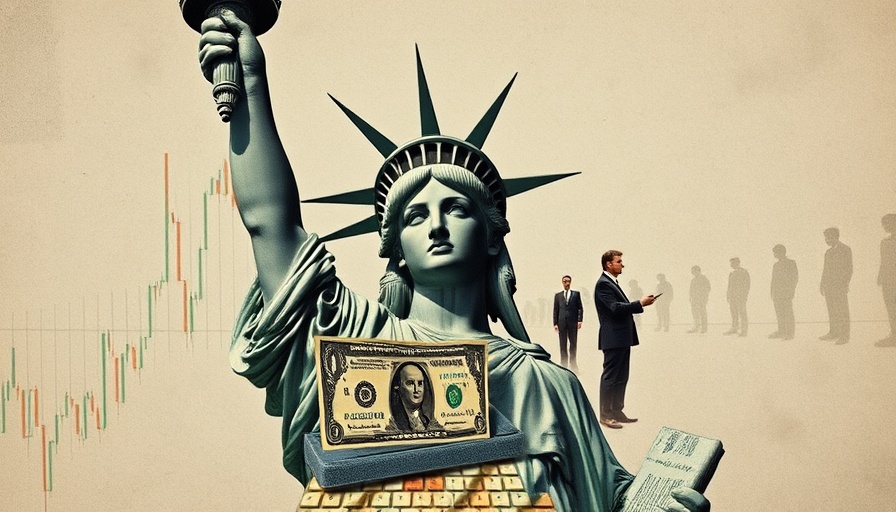
The Latest Layoffs at Wells Fargo: A Growing Concern
Wells Fargo has remained a significant player in the American banking industry, however, new developments have raised alarms among employees and the broader financial community. As company executives have indicated, the number of job cuts may exceed earlier projections, prompting uncertainties about the bank’s operational strategy and employee morale.
Understanding the Current Layoff Scenario
This wave of layoffs, which intensifies an already significant trend within the banking sector, stems from a slow consumer lending market driven by high interest rates and shifting economic conditions. According to industry experts, these layoffs are part of Wells Fargo’s efforts to streamline processes, which includes reducing operational costs and aligning staffing levels with declining demand in segments like mortgage lending. Earlier this year, the bank confirmed over 1,240 job cuts in Des Moines alone, demonstrating a clear downward trend in staffing needs. As highlighted by the Chief Financial Officer Mike Santomassimo, "I wouldn’t expect large growth on the consumer side in any way—potentially even a net decline," emphasizing the cautious outlook many banks currently adopt.
A Deeper Dive into Severance and Employee Support
For those affected, the bank is committed to providing support through severance packages. Historically, Wells Fargo's severance offerings have been favorable, with options that include a minimum of eight weeks of pay for employees with less than three years of service, escalating to two weeks per year for longer-serving workers, capped at 52 weeks. These packages often come with additional benefits such as continued health insurance and career counseling. As the bank continues to adjust to economic fluctuations, understanding these severance details becomes crucial for employees navigating this treacherous terrain.
The Financial Landscape: What’s Behind the Layoffs?
With a growing trend of layoffs extending beyond Wells Fargo, an examination of the broader financial landscape reveals a tough climate for many institutions. The mortgage division, a historically robust segment for Wells Fargo, is feeling the pressures of rising borrowing costs and a cooling housing market. This shift aligns with national reports suggesting a contraction in consumer credit demand, a reality that many financial institutions must now reckon with. As evidenced by recent comments from industry leaders, the financial sector is entering a phase of cautious contraction rather than expansion.
The Impact on Communities and Local Economies
Wells Fargo, being one of the major employers in regions like Des Moines, carries significant responsibility toward community welfare. The layoffs, although justified from a business perspective, can have adverse effects on local economies, reducing disposable income and dampening consumer confidence. In the face of these changes, local businesses and sectors that rely on thriving communities must brace for potential ripple effects stemming from reduced spending power.
Looking Ahead: Future Predictions and Employee Outlook
As we assess the implications of these layoffs, predictions indicate that the trend will continue unless consumer demand rebounds or interest rates stabilize. The bank has regained some regulatory freedoms, potentially allowing for growth in new areas, but immediate strategies focus heavily on cost and restructuring. For employees, navigating this uncertainty calls for vigilance and preparation. Numerous resources are available for individuals facing potential job loss, including severance negotiation platforms and career transition support services.
Conclusion: Anticipate Change and Stay Prepared
As uncertainty looms over Wells Fargo, affected employees and the broader community must stay informed about developments in the company’s policies and local job market conditions. Pianists and working parents, alongside those in various sectors, should remain proactive in seeking security and understanding their rights during these tumultuous times. By engaging with available resources and anticipating changes, individuals can position themselves to navigate these layoffs and emerge resilient in the shifting financial landscape.
 Add Row
Add Row  Add
Add 




Write A Comment